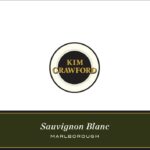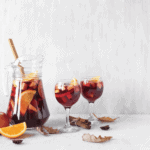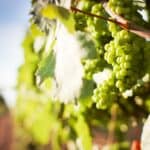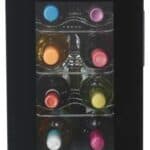New Zealand Sauvignon Blanc is a refreshing and crisp wine that is perfect for beginners. Known for its intense aromas and flavors, it is a wine that is easy to drink and understand, making it an ideal choice for those who are new to the world of wine. In this article, we will explore the characteristics of New Zealand Sauvignon Blanc, the best ways to enjoy it, and why it is the perfect wine for beginners.
What Makes New Zealand Sauvignon Blanc Unique?
- Intense aromas and flavors: Sauvignon Blanc from New Zealand is known for its intense aromas of tropical fruits, such as passionfruit and gooseberries, as well as its flavors of citrus and green apples.
- High acidity: The high acidity of New Zealand Sauvignon Blanc makes it a refreshing and crisp wine that is perfect for hot summer days.
- Low alcohol content: With an alcohol content of around 12-13%, New Zealand Sauvignon Blanc is a relatively light wine that is easy to drink.
How to Enjoy New Zealand Sauvignon Blanc
- Pair with seafood: The refreshing and crisp nature of New Zealand Sauvignon Blanc makes it the perfect wine to pair with seafood such as oysters, scallops, and fish.
- Serve chilled: Sauvignon Blanc should be served chilled, around 8-10°C, to bring out the best aromas and flavors.
- Drink young: New Zealand Sauvignon Blanc is best enjoyed young and fresh, within 2-3 years of the vintage.
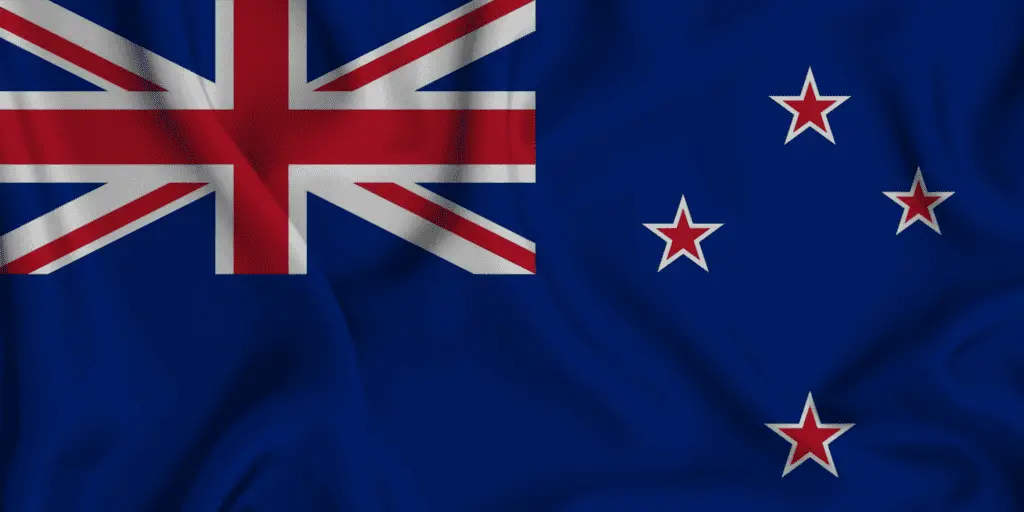
Why it’s the Perfect Wine for Beginners
- Easy to understand: The intense aromas and flavors of New Zealand Sauvignon Blanc make it easy to understand and appreciate.
- Affordable: Many New Zealand Sauvignon Blancs are affordable and offer great value for money.
- Versatile: The high acidity and low alcohol content of New Zealand Sauvignon Blanc make it a versatile wine that can be enjoyed in a variety of settings.
The History and Production of New Zealand Sauvignon Blanc
New Zealand Sauvignon Blanc has a relatively short history, with the first plantings appearing in the 1970s. The Marlborough region, located at the northeastern tip of the South Island, is now the most famous and largest producer of Sauvignon Blanc in New Zealand. The region’s warm days and cool nights, along with its stony soils, provide the perfect conditions for growing Sauvignon Blanc grapes.
Other regions that produce New Zealand Sauvignon Blanc include Nelson, Martinborough, and Hawke’s Bay. While Marlborough is known for its intense and fruity Sauvignon Blancs, the other regions produce wines with more complexity and depth.
Food Pairing Recommendations
New Zealand Sauvignon Blanc is a versatile wine that pairs well with a wide range of dishes. Its high acidity and intense flavors make it the perfect match for seafood, especially oysters, scallops, and fish. It also pairs well with salads, herbs, and vegetables such as asparagus and green beans.
When it comes to cuisine, New Zealand Sauvignon Blanc goes well with Asian flavors such as ginger and lemongrass, and spicy dishes such as Thai and Mexican.
Aging Potential
New Zealand Sauvignon Blanc is best enjoyed young and fresh, within 2-3 years of the vintage. The wine’s bright acidity and intense aromas and flavors begin to fade as it ages, so it is not typically aged for long periods of time.
Differences with Other Sauvignon Blancs
New Zealand Sauvignon Blanc is known for its intense aromas and flavors of tropical fruits and citrus, which sets it apart from Sauvignon Blancs from other regions such as France and California. French Sauvignon Blancs, like those from the Loire Valley and Bordeaux, tend to have more herbal and grassy notes, while California Sauvignon Blancs tend to be more tropical and citrusy.
Selecting and Storing New Zealand Sauvignon Blanc
When selecting a bottle of New Zealand Sauvignon Blanc, look for wines with a recent vintage (within 2-3 years) and check the label for the region and winery. The Marlborough region is the most well-known for producing high-quality Sauvignon Blancs.
To store a bottle of New Zealand Sauvignon Blanc, keep it in a cool, dark place, such as a wine cellar or refrigerator. The ideal temperature for storing wine is around 12-15°C. Once opened, a bottle of Sauvignon Blanc should be consumed within 3-5 days.
Best Value New Zealand Sauvignon Blancs
- Cloudy Bay Sauvignon Blanc: This wine is considered one of the most iconic New Zealand Sauvignon Blancs and offers great value for money.
- Dog Point Sauvignon Blanc: This wine is made by a team of winemakers from Cloudy Bay and offers a more complex and nuanced flavor profile.
- Greywacke Sauvignon Blanc: This wine is made by Kevin Judd, the founding winemaker of Cloudy Bay, and offers a more mineral-driven flavor profile.
These wines can be found in wine shops and online retailers.
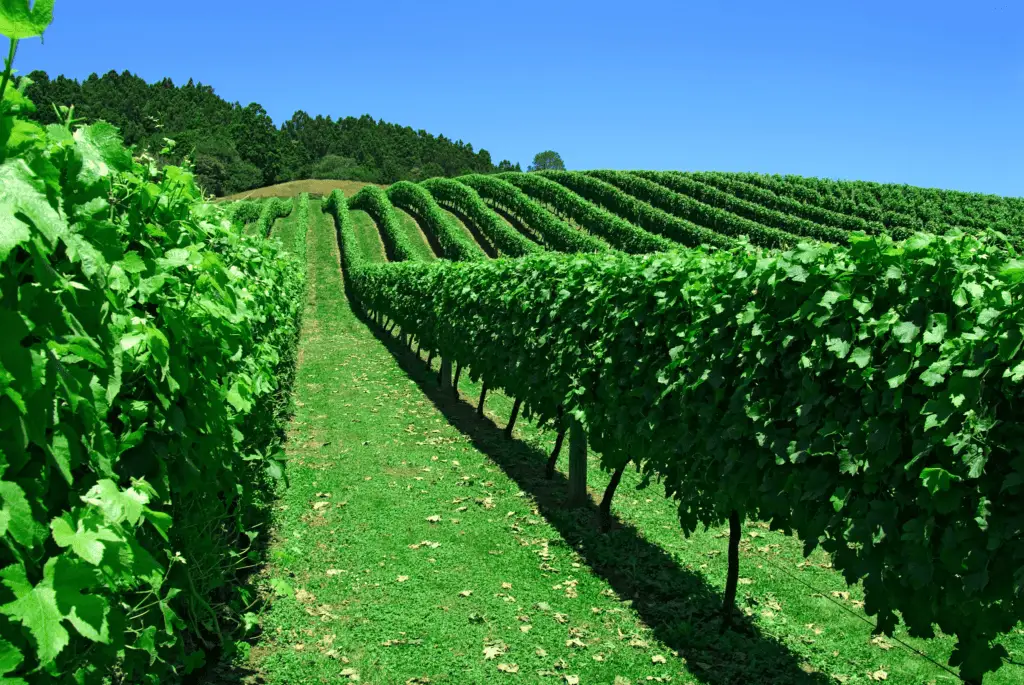
Different Styles of New Zealand Sauvignon Blanc
- Unoaked Sauvignon Blanc: These wines are fermented and aged in stainless steel tanks, which preserve the wine’s natural acidity and aromas.
- Oaked Sauvignon Blanc: These wines are fermented and aged in oak barrels, which can add complexity and depth to the wine’s flavor profile. Oak can also add vanilla, butter and toast-like flavors to the wine. These wines have a more rich and creamy texture than unoaked Sauvignon Blancs.
It is important to note that not all New Zealand Sauvignon Blancs are aged in oak, and the use of oak is generally more prevalent among higher-end wines.
In conclusion, New Zealand Sauvignon Blanc is a refreshing and crisp wine that is perfect for beginners. It is known for its intense aromas and flavors, high acidity, and low alcohol content, making it easy to understand and appreciate. With the addition of these sections, we have explored the history and production of New Zealand Sauvignon Blanc, the best ways to enjoy it, the different styles, and why it is the perfect wine for beginners as well as some tips on how to select and store it and the best value New Zealand Sauvignon Blancs available. Next time you are looking for a versatile and easy-drinking wine to enjoy, give New Zealand Sauvignon Blanc a try.
- How to Learn Wine Tasting: Essentials for Beginners - March 10, 2024
- How to Learn to Like Wine: Cultivating an Appreciation for the Vintner’s Art - March 10, 2024
- Thanksgiving Sangria: A Flavorful Twist to Your Holiday Table - August 27, 2023




